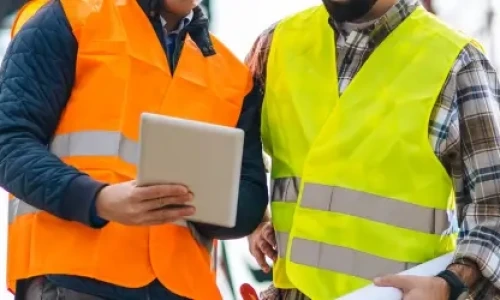

View navigation

The Growing Cost of Waste Dumping
Illegal dumping is one of the most persistent and financially draining environmental crimes facing cities, counties, and public works departments across the US.
It’s estimated that over 1.5 million tons of illegally dumped waste are collected every year. Dumped items include everything from household trash and construction debris to tires, appliances, and hazardous waste.
These incidents often occur in parks, alleyways, vacant lots, and alongside roads, creating safety hazards, attracting vermin, and spreading pollution.
The financial toll is equally severe, with municipalities spending millions annually on cleanup and enforcement, with some jurisdictions forced to increase taxes or divert resources from other services.
Illegal dumping also contributes to the long-term degradation of public spaces, increases crime, and erodes community confidence when there is a perceived lack of action.
Offences typically happen at night or in remote areas, making them difficult to prevent or investigate without effective solutions in place.
The Smarter Way to Tackle Dumping
Illegal dumping often occurs in poorly lit or remote areas where traditional enforcement methods are ineffective. Fixed cameras, signs, or cleanup efforts are reactive and rarely stop repeat offences.
Mobile surveillance units, like pole cameras or solar surveillance trailers, provide a smarter, more proactive solution by placing high-visibility, self-contained systems directly at known dumping hotspots.
These units operate independently of infrastructure, power, or connectivity, delivering a wide field of view to monitor problem areas. Their onboard analytics detect activity in real-time and trigger instant alerts, so you can review footage immediately, respond quickly, or gather evidence for enforcement.
This combination of visibility and real-time detection deters offenders and provides the proof needed to take action.
Backed by live video monitoring, cellular connectivity, and off-grid power, these units give your team the tools to prevent illegal dumping, strengthen enforcement, and protect public spaces.
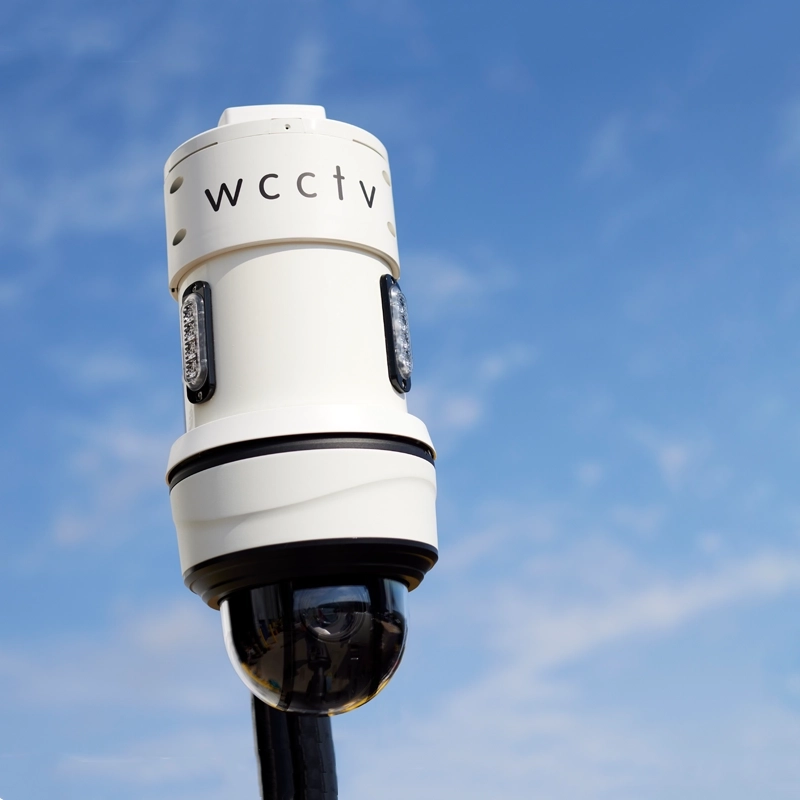
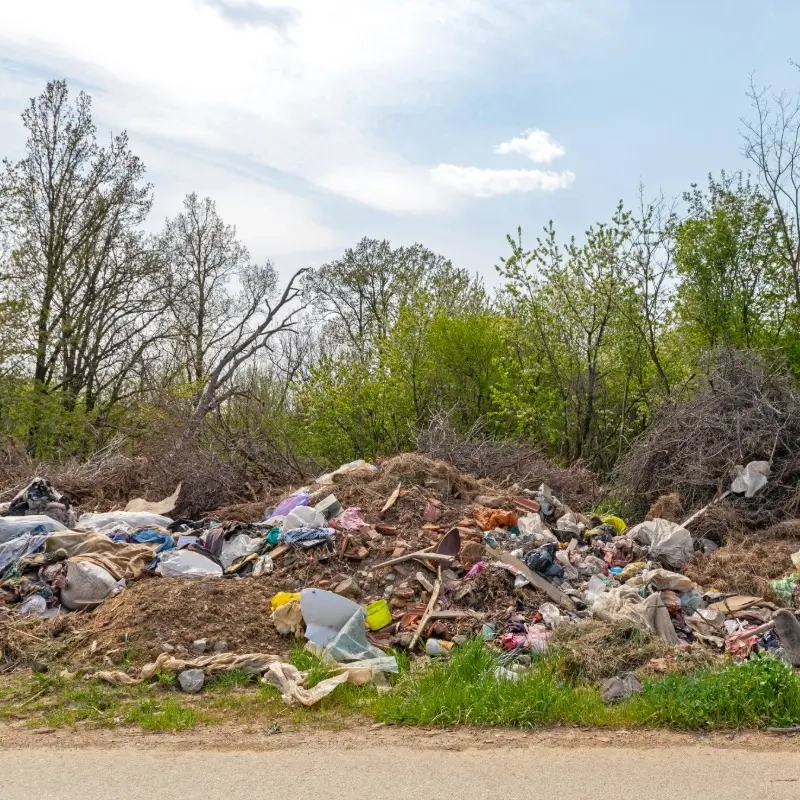
What Happens When Dumping Goes Unchecked
Illegal dumping creates serious financial, environmental, health, and reputational damage when left unchecked.
Failing to act allows dumping patterns to persist, costs to escalate, and enforcement burdens to grow. With mobile surveillance and real-time monitoring, jurisdictions can shift from reactive cleanup to proactive prevention.
Systems Designed to Stop Dumping
Illegal dumping frequently occurs in areas lacking infrastructure, poor lighting, and limited visibility. WCCTV’s mobile surveillance systems are built for these environments, offering fast deployment, visual deterrence, and reliable video evidence.
Our recommended systems for tackling illegal dumping include:
All systems are supported by live video monitoring and real-time alerts, and can be rented or purchased to meet your specific needs.
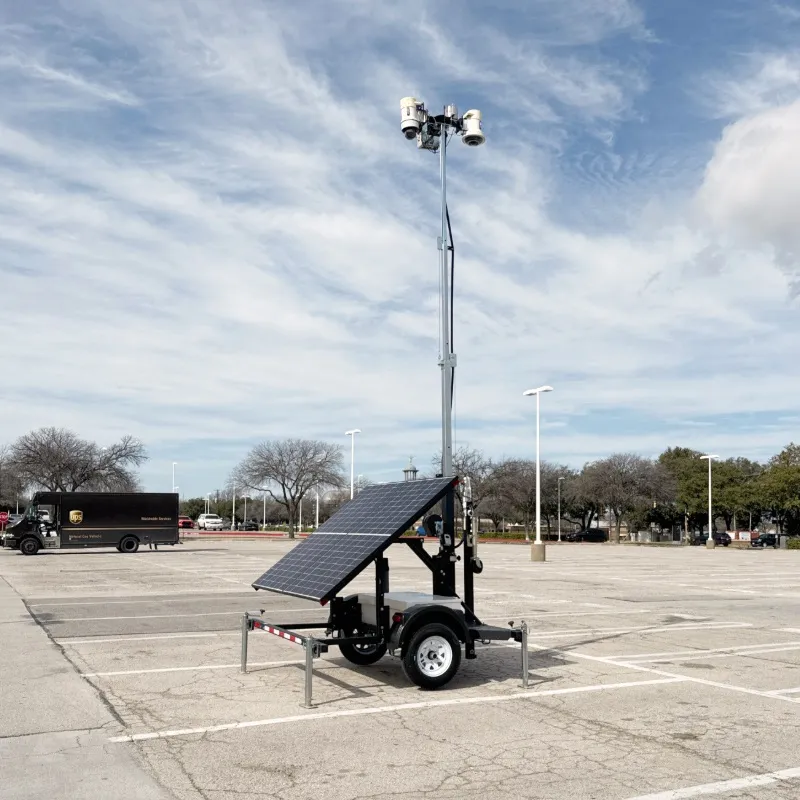
Purpose Built Solutions for Illegal Dumping
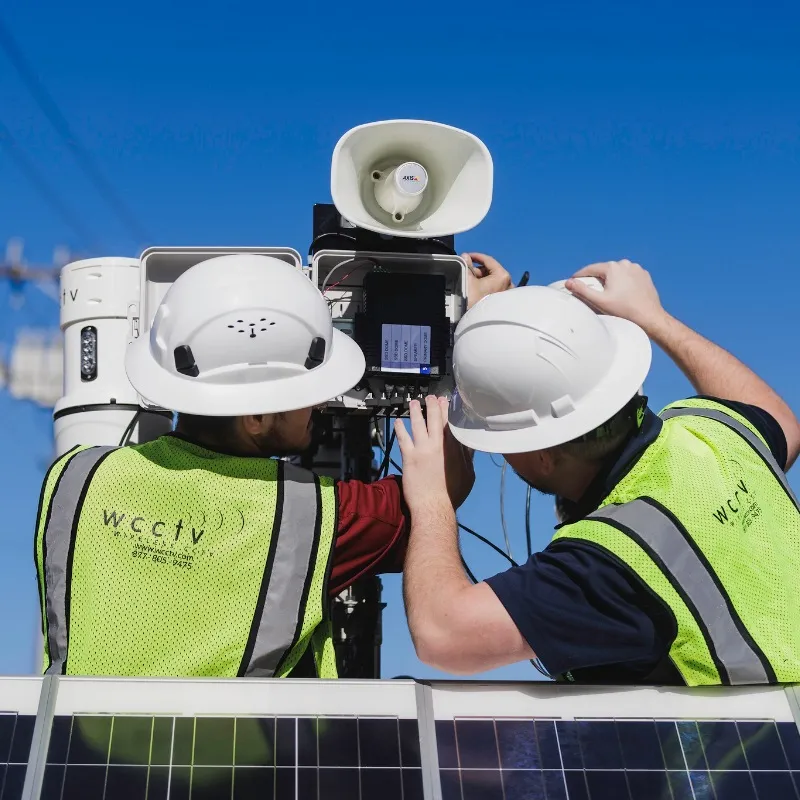
Solutions That Are Trusted Nationwide
WCCTV supplies mobile surveillance systems to private organizations and government agencies across the US, helping them detect, deter, and prosecute illegal dumping activity. Our solutions are built for real-world challenges, easy to deploy, and proven to deliver results.
Our credentials include:
If your agency or business is facing persistent issues with illegal dumping, WCCTV can help you take control with reliable evidence and a proactive response.
Illegal Dumping Case Study
Like many cities, the City of Duncanville, TX, faces ongoing issues with illegal dumping across public spaces and business areas. The Police Department required a rapid and flexible surveillance solution to enable them to respond quickly and gather evidence in challenging-to-monitor locations.
Duncanville PD deployed WCCTV’s mobile surveillance units to deter and investigate illegal dumping incidents at identified hotspots. The systems include high-definition pole cameras with onboard recording, live video access, and optional solar power for use in remote or infrastructure-free locations.
The cameras have delivered proven results by acting as a visible deterrent and supporting successful investigations. When illegal dumping activity shifts, the systems are redeployed quickly and cost-effectively, providing flexible coverage and reducing enforcement burdens.
“The WCCTV Mini Dome with Solar has proved to be the perfect security camera, helping us to prevent and investigate crimes and provide ongoing reassurance to our communities that we're watching out for the bad guys.” – Duncanville Police Department
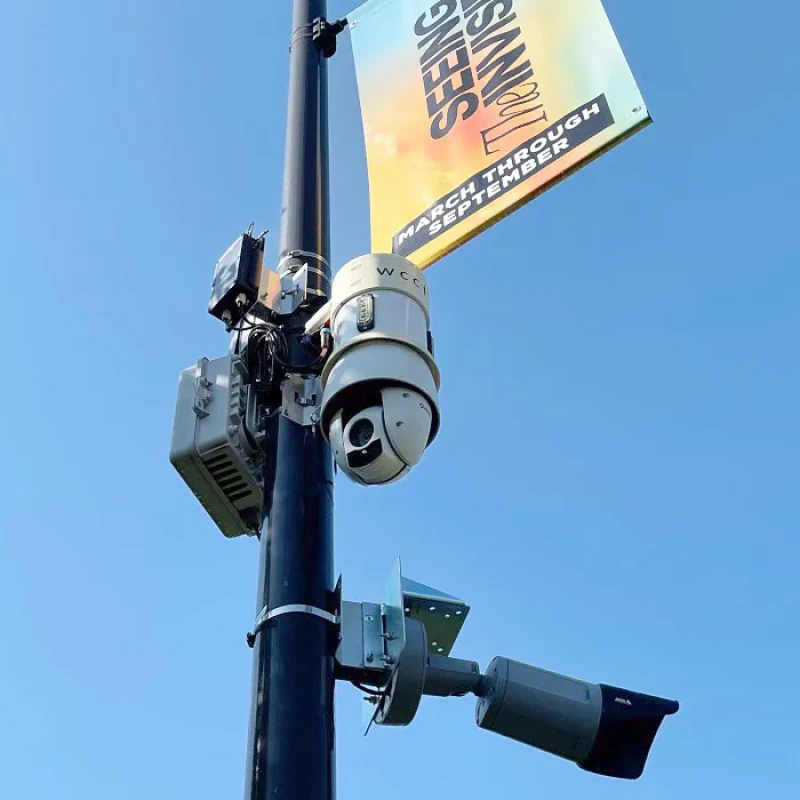
Request a Demonstration
If you'd like any further information on our surveillance systems for illegal dumping reduction, fill out your details and we will be in touch.
How Do Mobile Surveillance Units Help Prevent Illegal Dumping?
Mobile surveillance units act as a visible deterrent and provide real-time monitoring of high-risk dumping locations. They help law enforcement and local agencies catch repeat offenders, respond faster and gather video evidence for enforcement and prosecution.
What Types Of Cameras Are Best For Illegal Dumping Prevention?
WCCTV recommends solar surveillance trailers, pole-mounted cameras and license plate recognition (LPR) systems. These can be deployed without fixed infrastructure and moved easily between hotspots for flexible, targeted coverage.
Can The Cameras Capture License Plates Of Dumpers?
Yes. WCCTV’s LPR-enabled systems can identify vehicle plates, make, model, color, and speed. This data supports investigations and can be used as evidence to issue citations or pursue prosecution for illegal dumping.
Are The Systems Suitable For Remote Or Unpowered Locations?
Yes. WCCTV’s solar surveillance trailers and 4G-enabled pole cameras are designed for standalone operation in areas without lighting, power or Internet. This makes them ideal for parks, alleys, roadways and other common dumping hotspots.
How Quickly Can The Systems Be Deployed To A New Location?
WCCTV’s mobile surveillance units can be deployed in under 30 minutes. They can be moved between sites as dumping patterns shift, helping keep enforcement focused on the most urgent areas.
From the Blog



